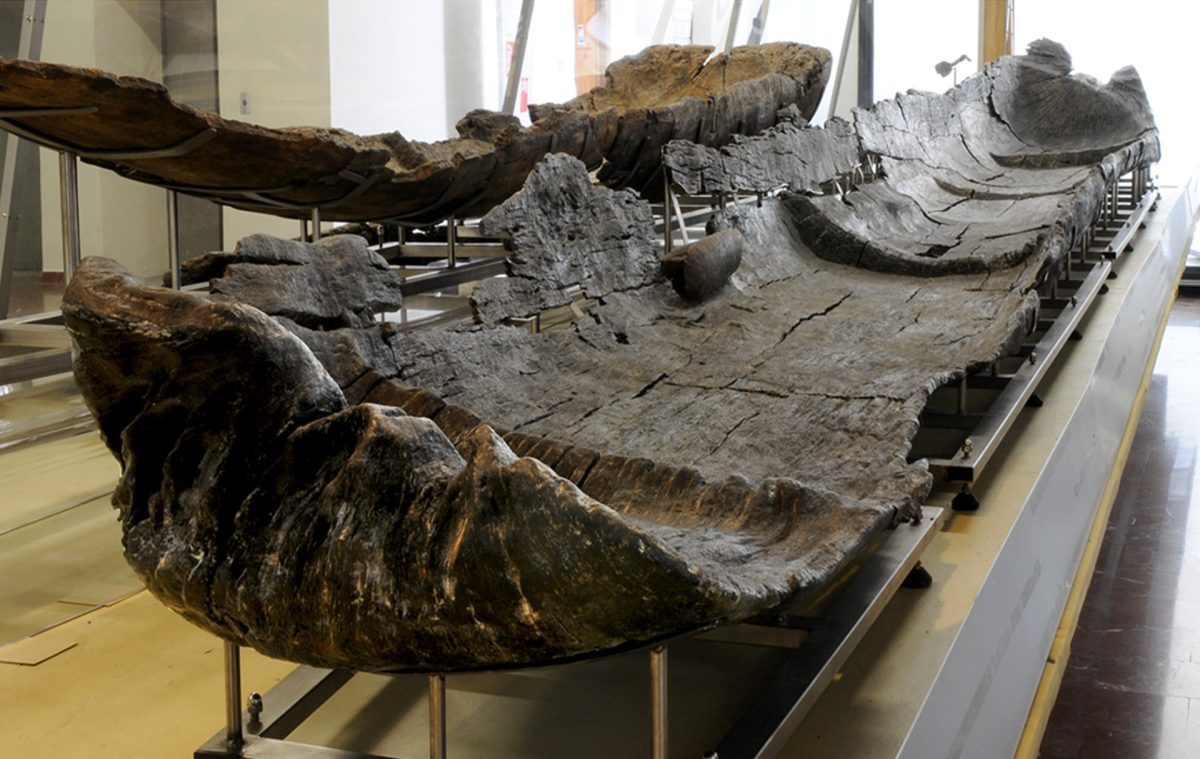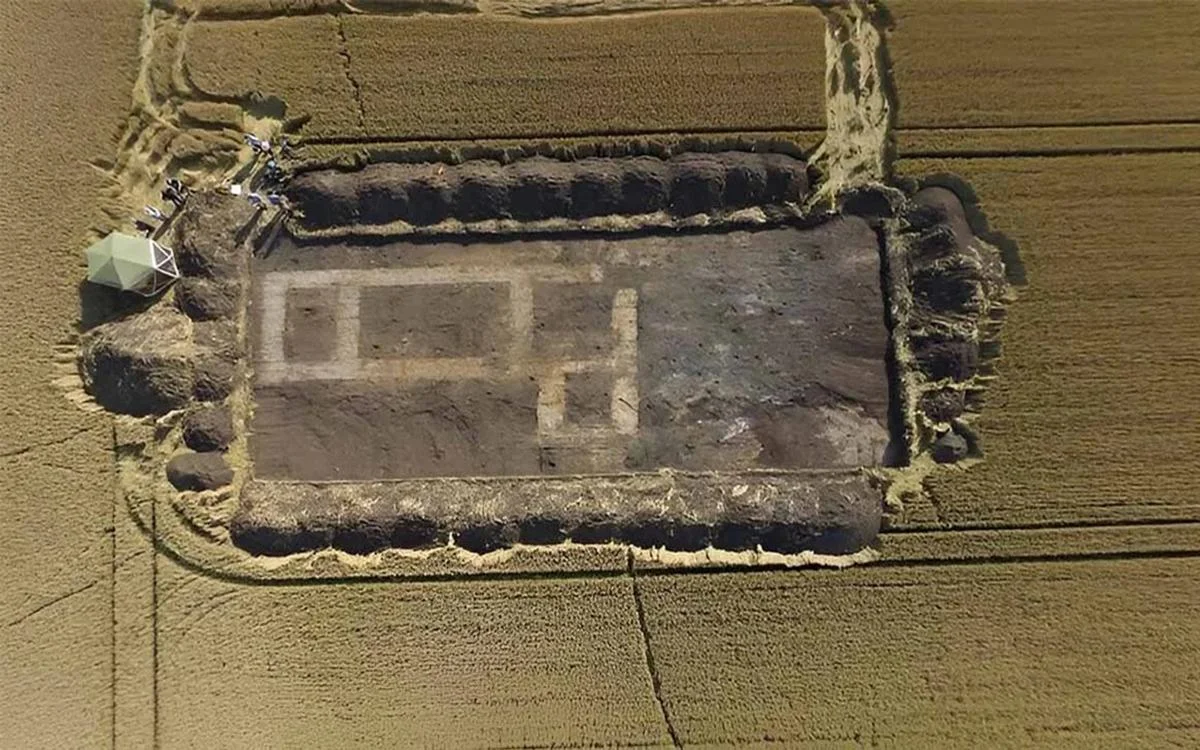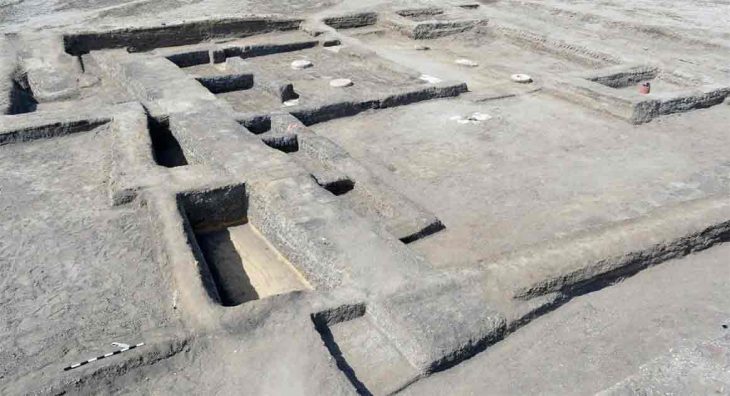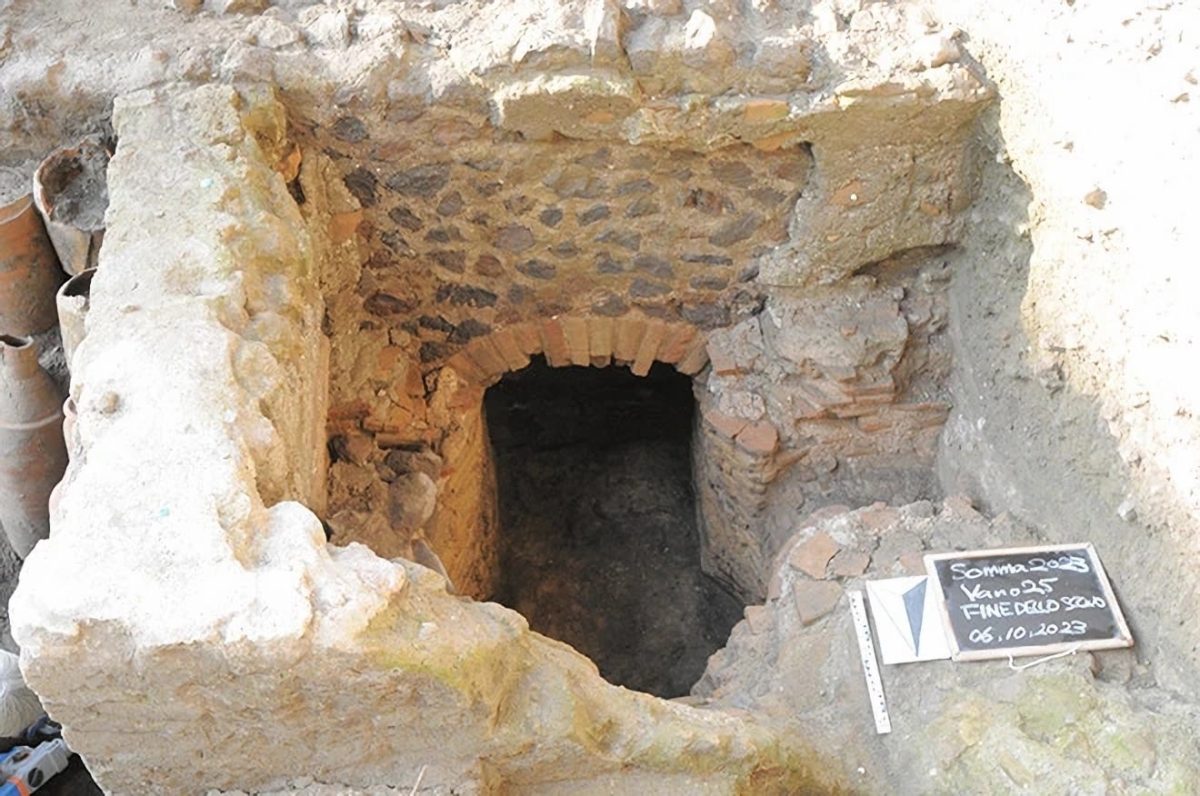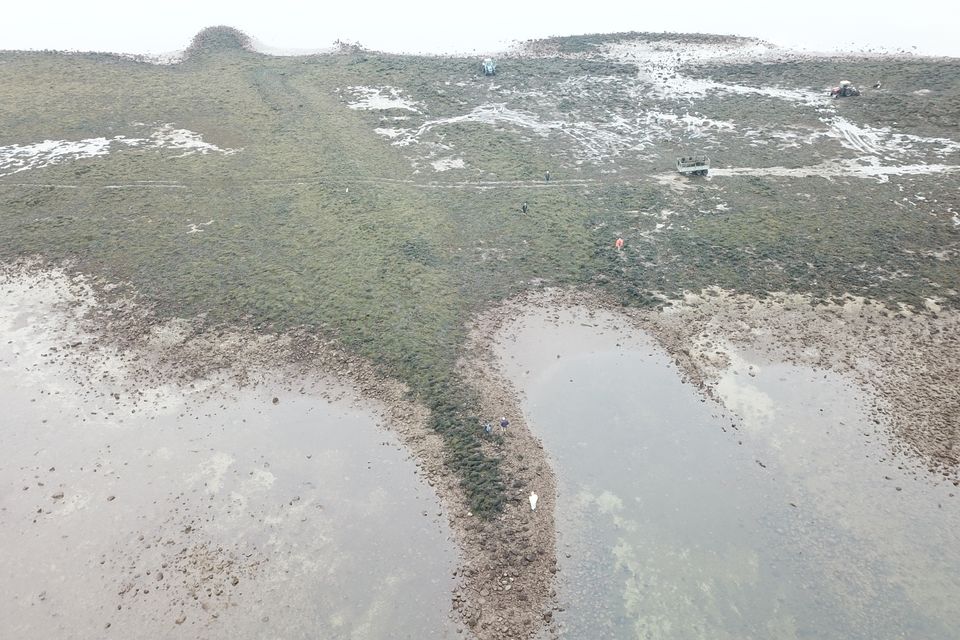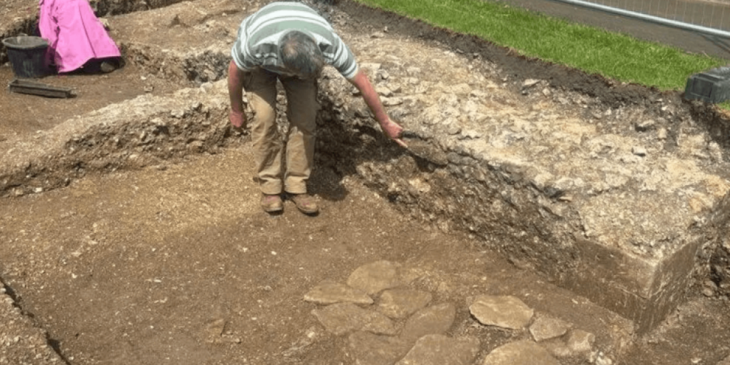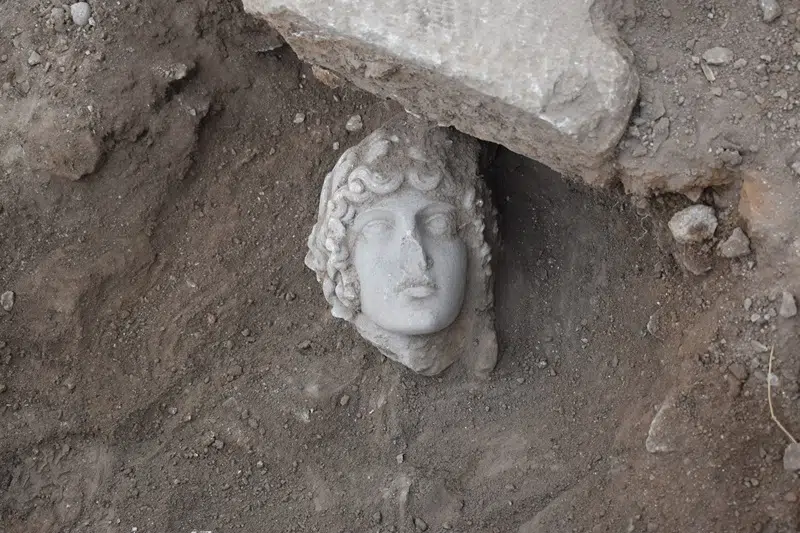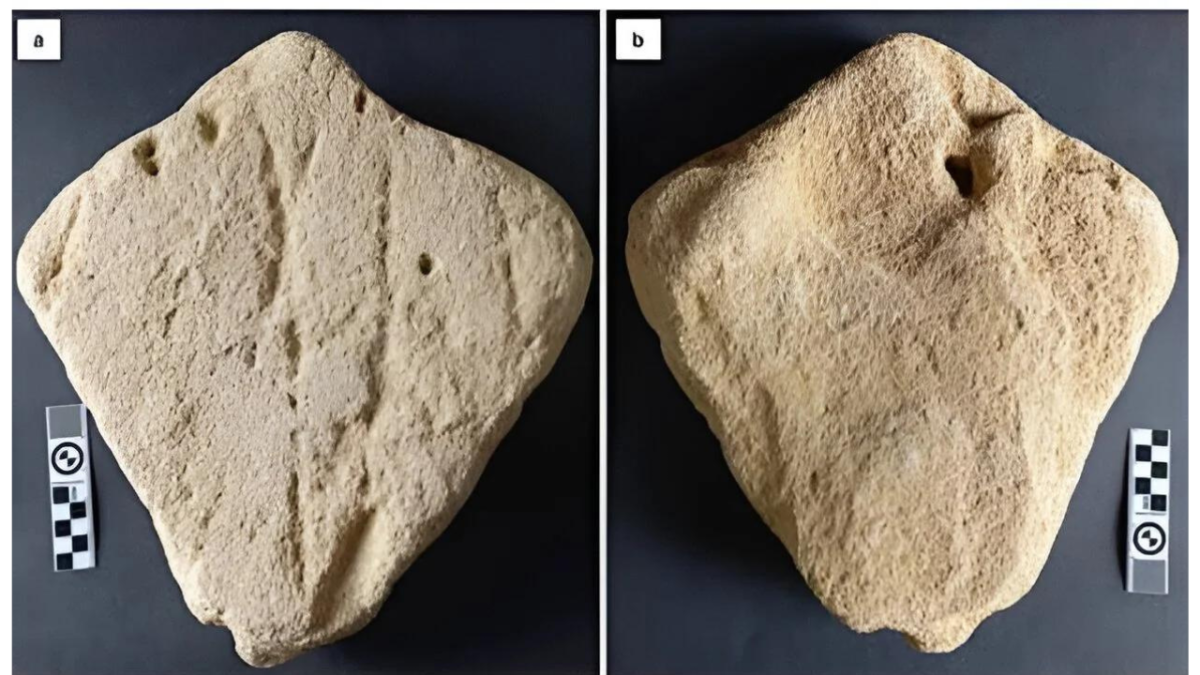A new study using LIDAR has found new evidence to suggest that the first Pacific cities were founded in 300 AD, 700 years earlier than previously thought.
The study was published in the Journal of Archaeological Method and Theory.
Scientists have found the remains of the first Pacific cities on the island of Tongatapu.
Tongatapu is the main island of Tonga and the location of its capital, Nukuʻalofa. The earliest traces of human settlement date from between 900 and 850 BC.
Tongatapu is the largest island in the Kingdom of Tonga, home to the capital Nuku’alofa. Located in the Pacific Ocean, this island is known for its lush rainforests, turquoise waters and white sandy beaches. Tongatapu is also rich in history and culture.
Tongatapu was first sighted by Europeans in 1643 and the first direct contact between islanders and Europeans took place during Captain James Cook’s expedition on the British ship Resolution in 1773.
Cook’s journals described a densely developed landscape with a transportation network connecting dwellings on the island.

Using an aerial lidar survey and data recorded from ground surveys, the island of Tongatapu in Tonga was mapped to reveal an urbanized landscape of clusters of earth mounds connected by a transportation network that matches Cook’s descriptions.
Lead author, PhD student Phillip Parton of the Australian National University (ANU), said: “Earthen structures were being built at Tongatapu around 300 AD. This is 700 years earlier than previously thought,” he said.
“As settlements grew, they had to find new ways to support this growing population. This kind of layout – what we call low-density urbanization – drives major social and economic change. People are interacting more and doing different jobs, Mr. Parton added.
According to Mr. Parton, the collapse of this kind of low-density urbanization was largely due to the arrival of Europeans.


